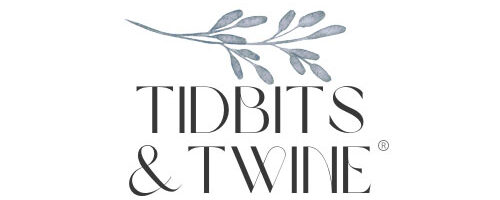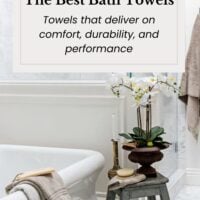Want soft, absorbent towels that actually work—and last? This guide walks you through how to choose bath towels that deliver on comfort, durability, and performance.
There’s nothing better than wrapping yourself in a thick, cozy towel after a hot shower—unless that towel turns out to be scratchy, non-absorbent, or worse, leaves lint all over your skin. If you’ve ever been disappointed by towels that don’t live up to the hype, you’re not alone.
I’ll admit it—I’ve bought my fair share of towels that looked beautiful on the shelf but totally underperformed at home. Some were too thin, others too fluffy to dry properly, and a few shed like crazy. After lots of trial and error (and more than a few loads of lint-filled laundry), I finally figured out what really matters when shopping for bath towels—and I’m sharing it all here.
The truth is, not all towels are created equal. From materials and weight to size and softness, choosing the right bath towel doesn’t have to be complicated—but there are some key things to know. Here’s how to choose bath towels that feel like a luxury and function like a workhorse.
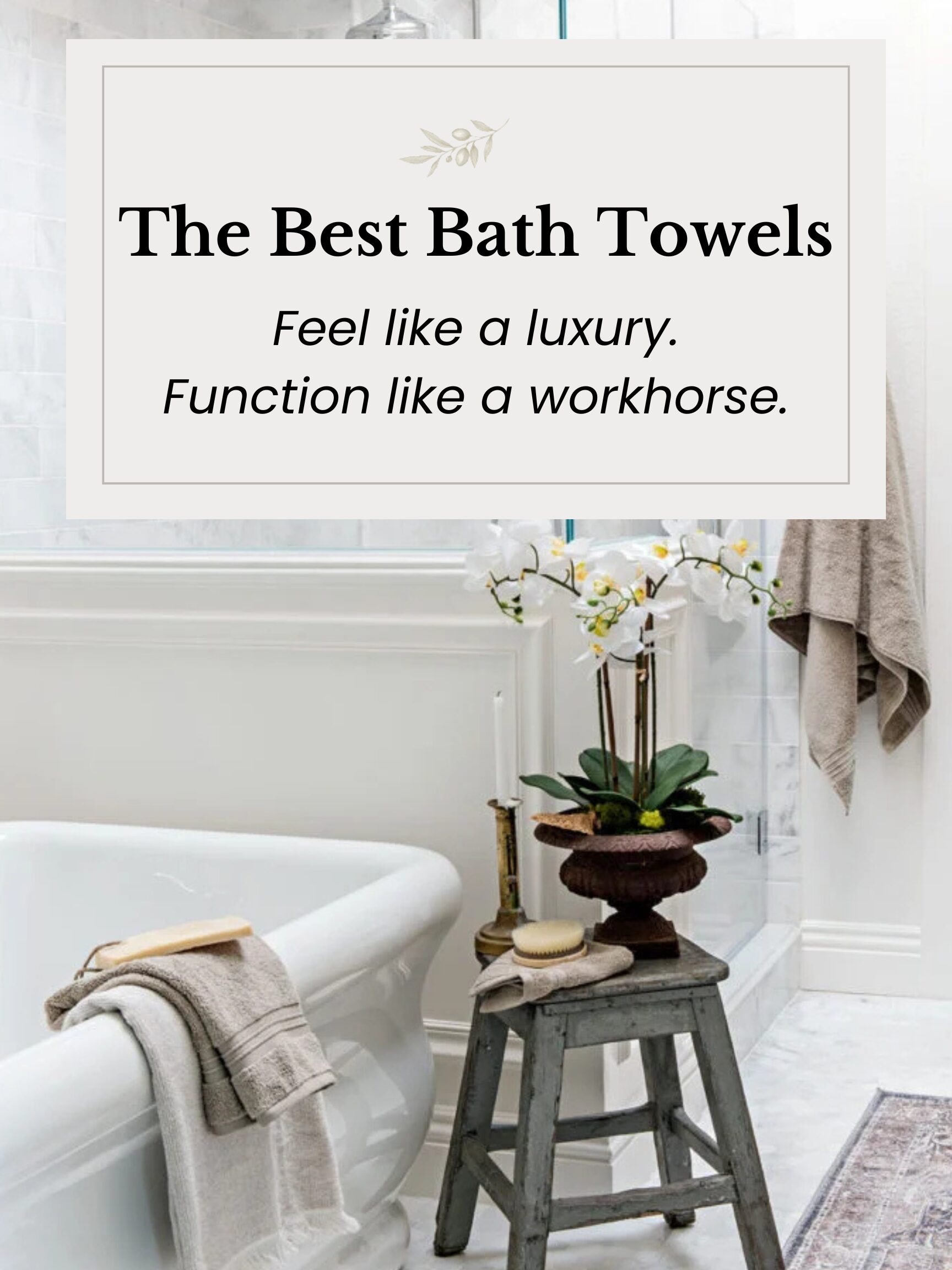
Towel Sizes: What You Need to Know
Before anything else, know the standard towel sizes and what they’re used for:
| Towel Type | Size (approx.) | Best For |
|---|---|---|
| Washcloth | 12″ x 12″ | Face and body cleansing |
| Hand Towel | 16″ x 30″ | Drying hands and hair |
| Bath Towel | 27″ x 52″ to 30″ x 58″ | Everyday post-shower drying |
| Bath Sheet | 35″ x 60″ to 40″ x 70″ | Extra coverage and spa-like comfort |
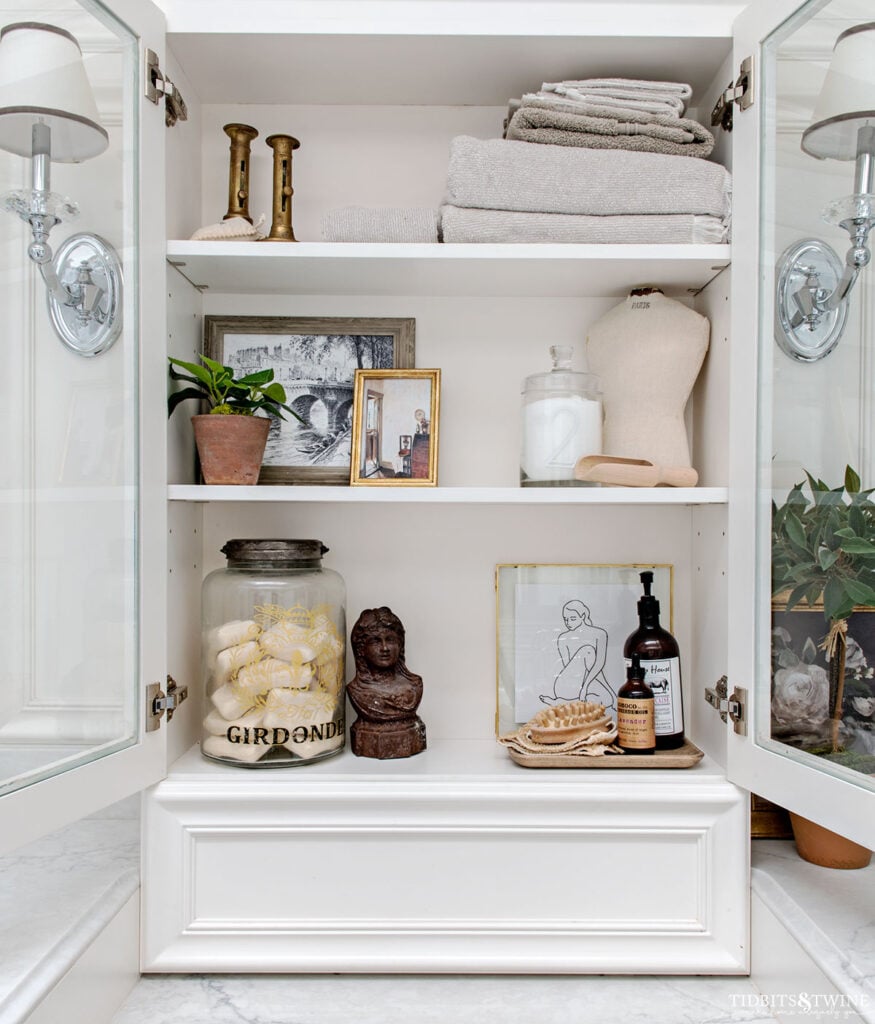
Bath Towel vs. Bath Sheet: Which Should You Choose?
- Bath Towel: Easier to launder, store, and dry. Perfect for everyday use and smaller bathrooms.
- Bath Sheet: Larger and more luxurious. Great if you like to fully wrap yourself in warmth or have a spa-like experience at home.
Bottom line: If space and practicality matter, go for bath towels. If comfort and indulgence matter more, opt for bath sheets.
Towel Materials: What to Look for When Choosing Bath Towels
Here’s how to choose bath towels based on material—because the fiber affects softness, absorbency, and longevity.
- Turkish Cotton: Long fibers, great balance of softness and quick drying.
- Egyptian Cotton: Plush, ultra-absorbent, and luxurious—though slower to dry.
- Pima Cotton: Similar to Egyptian, known for durability and softness.
- Organic Cotton: Grown without harmful chemicals, ideal for sensitive skin.
- Bamboo or Bamboo-Cotton Blend: Naturally antimicrobial and soft, but slightly less absorbent than pure cotton.
Look for labels that say 100% cotton, preferably combed or ring-spun for durability and minimal shedding.
Which Material is Most Absorbent? Softest?
| Quality | Best Material |
|---|---|
| Most Absorbent | Egyptian cotton, high-GSM Turkish cotton |
| Softest | Bamboo, zero-twist cotton, velour weave |
| Fastest Drying | Turkish cotton, mid-weight cotton blends |
| Eco-Friendly | Organic cotton or bamboo |
GSM: A Key Factor in How to Choose Bath Towels
GSM = grams per square meter (a measure of towel density)
- 300–400 GSM: Lightweight, quick-dry (good for travel or gym)
- 400–600 GSM: Mid-weight, ideal for daily use
- 600–900 GSM: Heavyweight, ultra-luxurious and absorbent
I once owned a set of Restoration Hardware towels—they’re made from plush, 802 GSM Turkish cotton, and I bought them because I’d heard they were the ultimate in softness and absorbency. And honestly? They were incredibly soft and luxurious… but they took forever to dry. If you’re not hanging them properly or don’t have great ventilation, that kind of weight can be a little high-maintenance for daily use.
For everyday comfort, 500–700 GSM strikes the perfect balance between plushness and practicality.
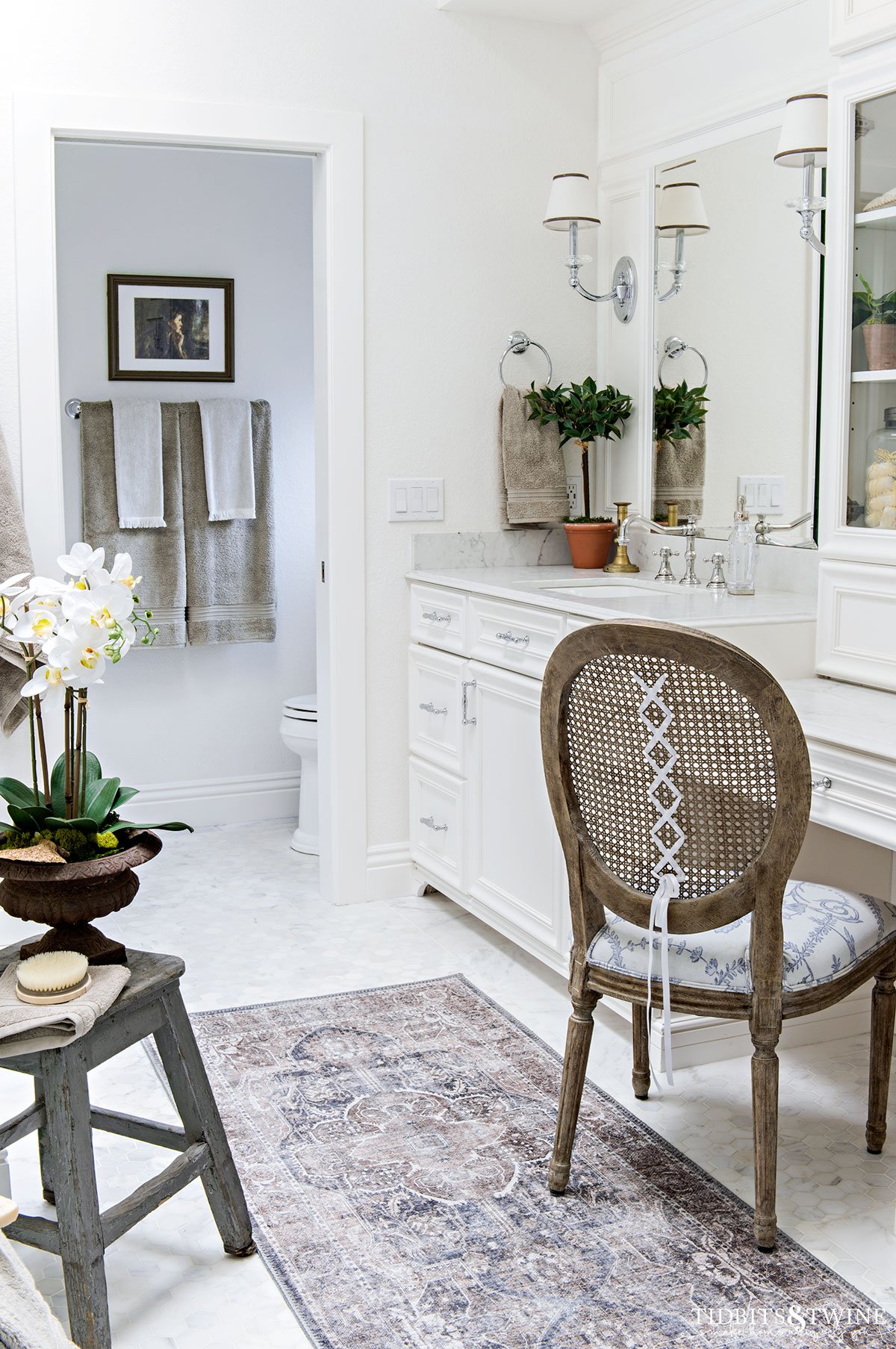
Loop vs Cut Fiber: Which Is Better?
- Loop Fiber (Terry Cloth): Uncut loops that increase surface area and absorbency. Durable and ideal for daily use.
- Cut Fiber (Velour or Sheared): Loops are trimmed, creating a soft, smooth finish. Feels luxe but may be less absorbent.
Choose looped towels for best drying performance. Save velour styles for guest baths or decorative accents.
What’s That Thick Banded Stripe on a Towel?
If you’ve ever noticed the wide, flat stripe near the end of a towel—just before the edge hem—you’ve seen what’s called a dobby border or towel header.
While it’s mostly decorative, it does serve a few purposes:
- Adds Style: The stripe breaks up the texture and gives the towel a polished look—especially when folded or displayed.
- Helps Maintain Shape: The tightly woven section provides stability so the towel keeps its form after many washes.
- Acts as a Fold Guide: Hotels and spas often use the band to line up towels for a uniform look.
Since the dobby is flat-woven without loops, it’s less absorbent than the rest of the towel. If you notice that section doesn’t dry as well, that’s completely normal—it’s there for looks and structure, not function.
How to Wash Towels for Best Results
To keep towels looking and feeling like new:
- Wash before first use to remove factory coatings
- Use minimal detergent to avoid buildup
- Skip fabric softener—it reduces absorbency
- Add white vinegar occasionally to break down residue
- Dry on medium or low heat to prevent damage
- Avoid overloading—towels need airflow to fluff properly
How Often Should You Replace Towels?
High-quality towels can last 2–5 years depending on care. Replace when:
- They no longer absorb water
- They feel stiff or scratchy
- They smell musty after washing
- They have fraying, holes, or thinning spots
How to Choose the Best Bath Towels: Final Recommendation
- Material: 100% Turkish or Egyptian cotton (or Pima if U.S.-made)
- Weave Type: Looped terry cloth (for maximum absorbency and resilience)
- GSM (Weight):500–700 GSM
- Just the right balance: thick and plush, but still dries reasonably fast
- Edge Style: Double-stitched hem with a dobby border
- Size: Standard bath towel for everyday use; bath sheet for extra coverage
This combo gives you a towel that’s:
✔️ Soft to the touch
✔️ Highly absorbent
✔️ Quick-drying enough for home use
✔️ Long-lasting with minimal shedding
Bonus Tip:
If you love a silky-smooth feel or have sensitive skin, you can mix in a few bamboo-cotton blend towels for variety—but for your main towel set, stick with long-staple cotton in a looped weave.
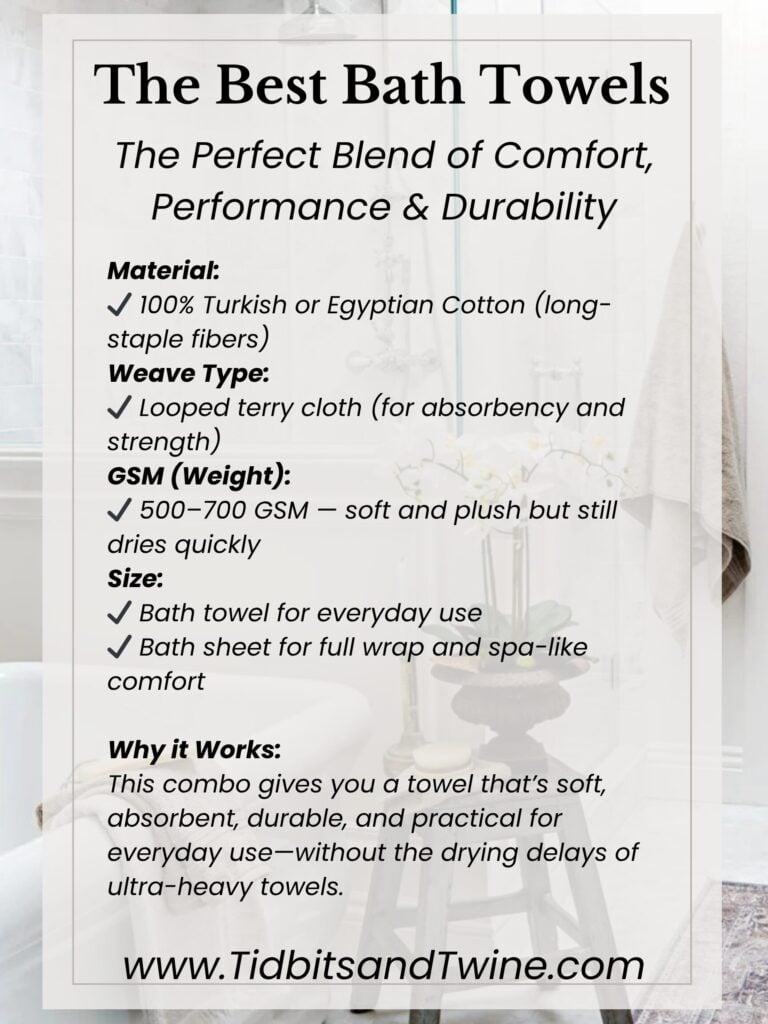
FAQs
A: Lower-quality cotton or improperly finished fibers. Choose combed cotton and wash towels separately to reduce shedding.
A: Bamboo towels are softer and more eco-friendly, but cotton is more absorbent and dries faster. Both are great—it depends on your priority.
A: A good rule is 2–3 bath towels per person in rotation, plus hand towels and washcloths. This gives you one to use while one is in the wash.
Have a favorite towel brand or tip I should try? I’d love to hear what’s worked for you—let me know in the comments below!
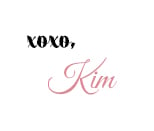
Join the Community
Let’s keep in touch! Get exclusive artwork plus the latest news delivered directly to your Inbox!
